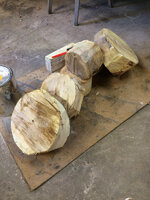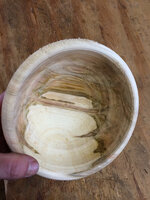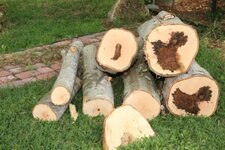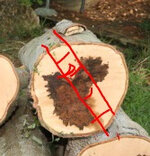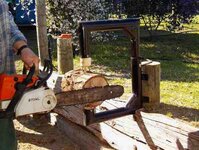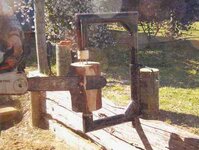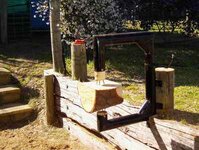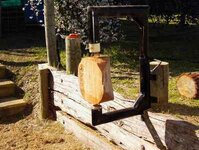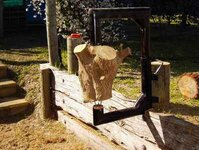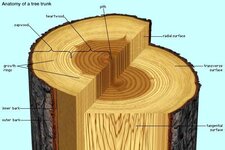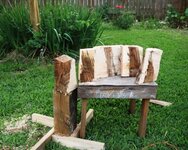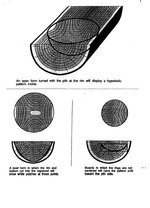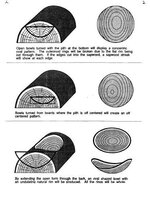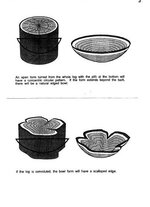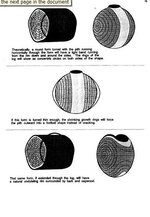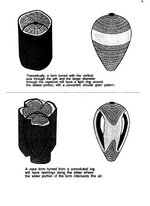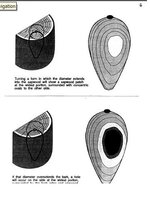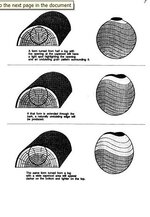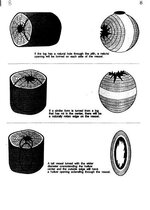Hi peoples,
The pics I provided are part of a PDF file that I discover in the days I was a member with the Australian Woodworkers forum years ago, I don't recall who wrote it or how exactly I got a copy, I reckon it was passed on by another turner in that forum, I take no credit for that PDF file, I already had my drawings/notes of how to do many of those cuts but, that document was well made and very clear on what to do so, I have passed it on to many other folks that I saw, could put it to good use.
As for general Bowl turning or, getting things done from wood logs into finished pieces, there is a mountain of info out there, including YouTube videos that are, in my opinion, a great way of learning in real time...!
I myself wrote dozens and dozens of pages on the subject, throughout the web forums I have been part off, all scattered I know, I may one day look for all that info and transfer it to my new website that is a lot more than a webstore, I have had plenty of information for turners in there, since the day I started it all and under a new name/address "Timberssoul".
So, the best way to learn is to find a woodturning club near you and join in, the older master in any club will put you up to speed in no time. The other option is to find someone near you (driving distance) that does that sort of turnings and request some help, you will find that, most of us like to help and teach others what we learnt.
I have regularly people that comes to be for some coaching in that same issue, and every single on of them is now doing well and enjoying it, there is no doubt that distances can complicate things and in this case, It would be unrealistic to invite you to spend a couple of days with me in the workshop but, you should be able to find someone that you can learn from, if all the other options have failed...!
PS: I actually have a 72 years old that was suppose to start last Saturday, I made the mistake of not grabbing a piece of wood and write where he needed to on on Saturday morning and pit it in the passenger seat of his vehicle, why...???
Because the old fellow is very forgetful and I knew that, my mistake really...!
After he left, I actually told my wife that, by the time he would get home, 30km away, we would have already forgotten it...!:redface:

Oh well, some other time, I suppose...!:wink:
Best of luck...!
Cheers
George

